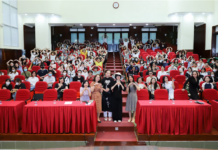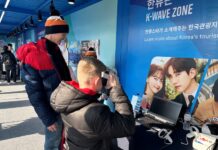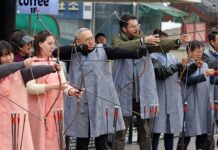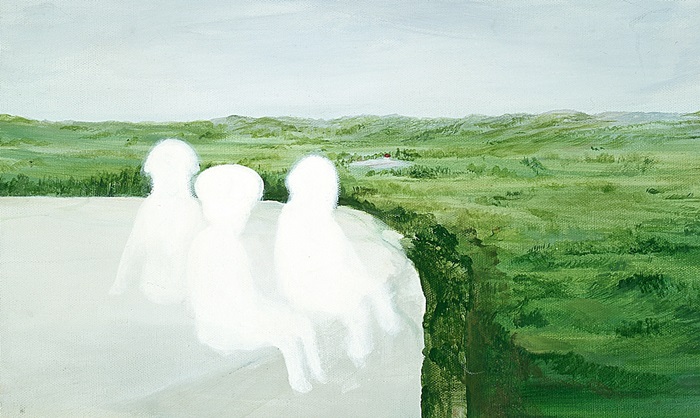
“Landscape” by painter Park Se-jin shows three people — a South Korean soldier, a North Korean soldier and the artist — looking in different directions from the DMZ.
By Kang Gahui and Kim Hwaya
Photos = KOCIS
The Korean Peninsula is divided by a border, the Demilitarized Zone (DMZ), four kilometers in width and 248 kilometers in length. The DMZ has been off limits to the public since the 1953 armistice halted fighting in the Korean War.
Artists in South Korea through their works have given their interpretations of the world’s most heavily guarded border. Such works will be displayed at Culture Station Seoul 284 from March 21 to May 6 in the exhibition “DMZ,” which features the works of 50 domestic artists such as paintings, photographs and installation art.
Among the exhibition’s five sections are “The DMZ, Suggestions for the Future,” which proposes change in the inter-Korean border, “The DMZ in Transition,” which reflects the recent push by both Koreas toward peace through the removal of border guard posts in December last year, and “The DMZ and Life on the Border,” which displays conditions around there through the eyes of soldiers, artists and residents.
The DMZ Market will also offer for sale rice grown in areas near the border. Visitors can also buy DMZ-related souvenirs at a gift store.
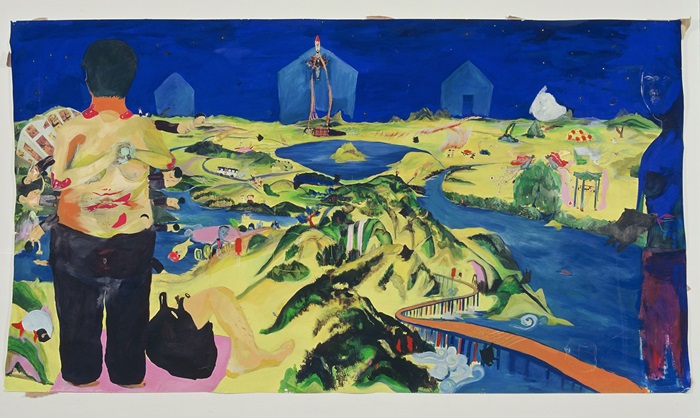
“Just a Tour Bus of Rapunzelia” by the painter Park Se-jin
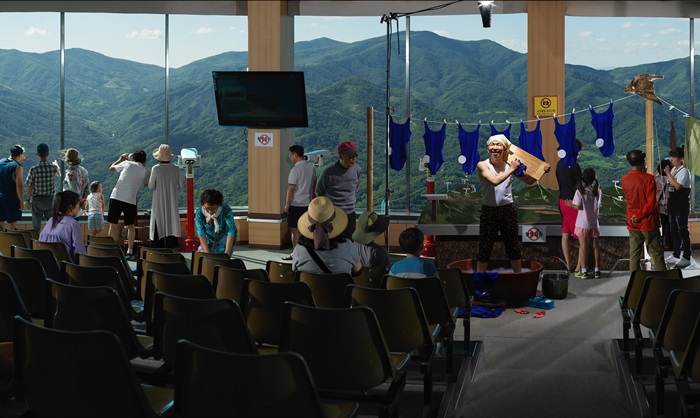
“Ulji Theater” by conceptual photographer Jung Yeon-doo features panoramic views of the DMZ from an observatory.


